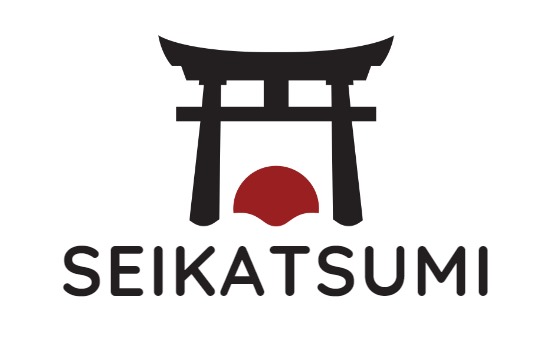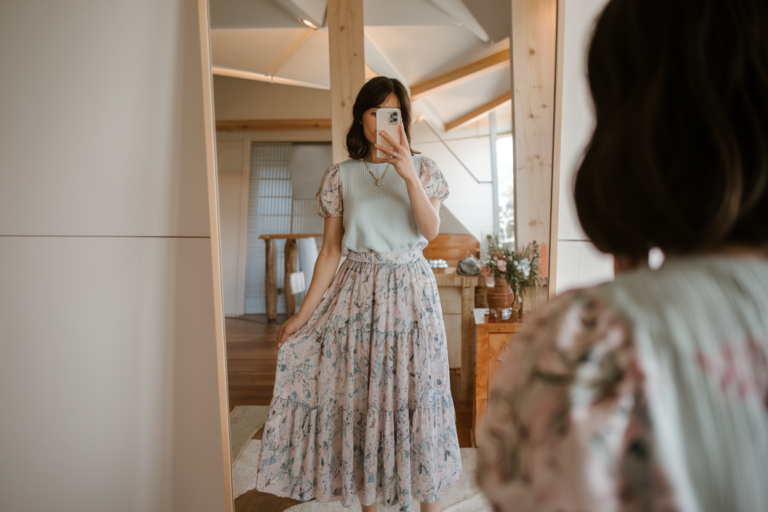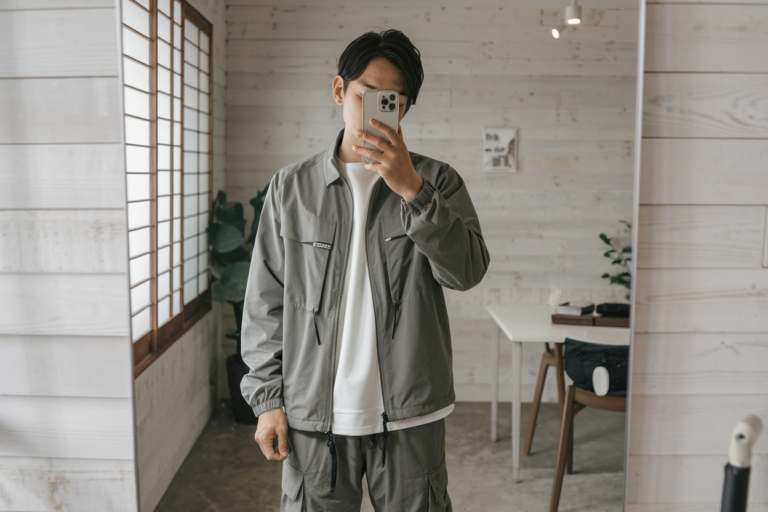I’ve recently discovered a new way to enjoy my morning coffee – Kyoto cold brew! This Japanese method of brewing coffee is unique and unlike any other cold brew I’ve tried before. Instead of steeping coffee grounds in water for hours, Kyoto cold brew uses a slow drip method to create a smooth and flavorful coffee concentrate.

The process of making Kyoto cold brew involves setting up a special apparatus called a drip tower. The tower consists of three chambers – one for ice and water, one for the coffee grounds, and one for the brewed coffee. The ice water slowly drips through the coffee grounds, extracting the flavor and creating a concentrated coffee that is perfect for iced coffee drinks. The result is a coffee that is less bitter and acidic than traditional cold brew, with a unique flavor profile that is sure to impress any coffee lover.
If you’re looking for a new way to enjoy your morning cup of joe, I highly recommend giving Kyoto cold brew a try. Not only is it a fun and unique way to make coffee, but it also results in a delicious and refreshing drink that is perfect for warm weather. So why not give it a try and see for yourself what all the fuss is about?
History of Kyoto Cold Brew

As a coffee lover, I am always on the lookout for new and exciting ways to enjoy my favorite beverage. One method that has caught my attention is Kyoto cold brew. This Japanese brewing technique has gained popularity in recent years, and for good reason. In this section, I will explore the history of Kyoto cold brew and how it has become a global phenomenon.
Origins in Japan
Kyoto cold brew has its roots in Japan, where it was first introduced in the 1600s by Dutch traders. The locals quickly became enamored with the new beverage, but traditional brewing methods required heat, which was not always safe or practical. The Kyoto-style slow drip coffee was invented as a solution to this problem. Instead of complete immersion, it utilizes cold water that flows gently over coffee grinds. This results in a smooth, rich, and delectable cold brew coffee that is unlike any other.
The Kyoto-style slow drip coffee is also known as the “Kyoto Tower” or “Kyoto-style coffee” because of the iconic brewing device used to make it. The device consists of a glass tower with multiple chambers and a spout at the bottom. Water is poured into the top chamber, and it slowly drips through a series of filters and coffee grounds before collecting in the bottom chamber. The process can take up to 24 hours, but the result is a coffee that is rich in flavor and low in acidity.
Global Popularity
Kyoto cold brew has gained popularity around the world in recent years, with coffee shops and enthusiasts embracing the unique brewing method. The rise in popularity can be attributed to the smooth and rich taste of the coffee, as well as the unique brewing process that is a spectacle to watch. The slow drip process is not only functional but also visually appealing, making it a popular choice for coffee shops and cafes looking to offer something different.
In addition to its unique taste and brewing process, Kyoto cold brew is also known for its health benefits. Because it is brewed with cold water, it has lower acidity levels than traditional hot coffee, making it easier on the stomach. It also has a higher caffeine content, which can help boost energy levels and mental focus.
Overall, the history of Kyoto cold brew is a testament to the ingenuity and creativity of coffee lovers around the world. From its origins in Japan to its global popularity, this unique brewing method has captured the hearts and taste buds of coffee enthusiasts everywhere.
Hey you! Are you interested in more food? Then be sure to check out our top food articles! You definitely can’t miss it!
Japanese Kawaii Food: Perfect Guide to Cute and Delicious Japanese Cuisine 2024
Low Carb Japanese Food 2024: The Best Guide for Delicious and Healthy Food
Japanese Bento Box: Your Guide Preparing The Best Bento Box In 2024!
Brewing Techniques

If you’re looking to make a delicious cup of Kyoto cold brew, there are a few key brewing techniques you should keep in mind. In this section, I’ll discuss the water quality and temperature, coffee grounds and ratios, and steeping time required to make a perfect cup of Kyoto cold brew.
Water Quality and Temperature
The quality of water used in Kyoto cold brew is essential to the final taste of the coffee. It’s recommended to use filtered or bottled water to ensure that the coffee isn’t affected by any impurities in the water. The temperature of the water should also be taken into consideration. Water that is too hot can lead to a bitter taste, while water that is too cold can result in a weak and under-extracted brew. A temperature between 195-205°F (90-96°C) is ideal for brewing Kyoto cold brew.
Coffee Grounds and Ratios
The type of coffee grounds used in Kyoto cold brew can also affect the final taste. Coarsely ground coffee is recommended as it allows for a slower extraction process, resulting in a smoother and less bitter taste. The ratio of coffee grounds to water is also important. A ratio of 1:8 (coffee to water) is recommended for Kyoto cold brew. This means that for every 1 gram of coffee, 8 grams of water should be used.
Steeping Time
The steeping time for Kyoto cold brew can vary depending on personal preference and the type of coffee used. However, a general guideline is to steep the coffee for 8-12 hours at room temperature. This slow extraction process allows for a smoother taste and less acidity compared to traditional hot brewing methods. Once the coffee has steeped, it can be filtered and served over ice.
By following these brewing techniques, you can create a delicious cup of Kyoto cold brew that’s perfect for any time of day. Remember to experiment with different coffee grounds and ratios to find your perfect brew.
Serving and Enjoyment

As I mentioned before, Kyoto cold brew is not just a beverage, it’s an experience. The unique brewing process and the delicate flavors make it a perfect beverage to be enjoyed on special occasions or with friends and family. In this section, I will discuss the serving and enjoyment of Kyoto cold brew.
Traditional Glassware
To get the most out of the Kyoto cold brew experience, it’s best to serve it in traditional glassware. The glassware used for Kyoto cold brew is called a “yuzamashi.” It is a small ceramic pitcher that is used to cool the hot water before pouring it over the coffee grounds. The yuzamashi is then used to serve the cold brew. The small size of the yuzamashi allows the drinker to savor the flavors of the cold brew without diluting it with ice or water.
Accompaniments
Kyoto cold brew is a delicate and refreshing beverage that can be enjoyed on its own or paired with certain foods. Some popular accompaniments for Kyoto cold brew include fresh fruit, pastries, and light salads. The light and refreshing taste of the cold brew pairs well with the sweetness of fresh fruit and the buttery goodness of pastries.
Another popular accompaniment for Kyoto cold brew is Japanese confectionery. Wagashi is a traditional Japanese sweet that is often served with tea or coffee. The delicate flavors and textures of wagashi complement the delicate flavors of Kyoto cold brew perfectly.
In conclusion, serving and enjoying Kyoto cold brew is an experience in itself. Serving it in traditional glassware and pairing it with light and refreshing accompaniments can enhance the overall experience.
Frequently Asked Questions
What is Kyoto Cold Brew?
Kyoto Cold Brew is a method of brewing coffee that involves a slow drip process, where cold water gradually drips over coffee grounds over an extended period, typically 12-24 hours.
How is Kyoto Cold Brew different from regular cold brew?
Kyoto Cold Brew is distinguished by its slow drip method, which tends to produce a smoother and more nuanced flavor compared to traditional immersion cold brew methods
What equipment do I need to make Kyoto Cold Brew at home?
To make Kyoto Cold Brew at home, you’ll need a Kyoto-style cold brew tower or a DIY setup using a drip system, coffee grounds, a vessel to catch the brewed coffee, and patience for the slow drip process.
If you liked this blog article about kyoto cold brew, don’t forget to follow us on Pinterest so you don’t miss any more tips.
Let us know, which of the above is your favorite brew!






